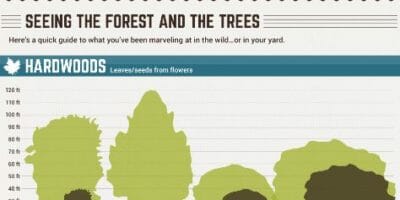Identifying The Demand For Tree Removal: A Guide For Homeowners
Identifying The Demand For Tree Removal: A Guide For Homeowners
Blog Article
Uploaded By-Mcmahon Lucas
Trees include charm and value to residential or commercial property, yet they can additionally pose a danger throughout extreme weather events. If a tree has actually quit expanding, is exhibiting noticeable fungal growth, or has a leaning trunk, it needs to be removed by an expert to avoid home damages and injury.
For more information, go to a property owner resource fair co-hosted by HPD, the Center for NYC Neighborhoods, and Brooklyn-based real estate companions this night in Bedford-Stuyvesant. The occasion will include the Homeowner Handbook, a new guide to help property owners browse the responsibilities of owning a home.
1. https://thhcdev.github.io/mgyb-thug/growth-maintenance.html or Dying Branches
Trees are an important part of your home's landscape, supplying shade and appeal. They likewise offer shelter for wildlife and create oxygen, yet also healthy trees can experience illness that may necessitate their removal. Dead or passing away trees aren't simply unpleasant, they can be hazardous. Their branches might fall throughout a tornado, bring about pricey building damage and injuries.
When a tree's branches begin to pass away, it implies that its structure is starting to break down. If most of its branches are dead, it is most likely time to remove it.
Try to find a lack of brand-new growth, bark peeling, open wounds or dental caries, fungi growing on the trunk or roots and a general look of degeneration in the entire cover. These signs of infection can show a major issue that will need professional tree services to deal with.
2. Leaning Trunk
While it's typical for trees to lean every so often as a result of phototropism, if a tree has an unsafe or serious lean that's not as a result of natural processes - it could be an indication that the tree needs to be gotten rid of. If the tree is favoring a power line, home, vehicle, play framework or any other area that could be unsafe to people if it drops, then getting in touch with a professional tree solution for removal ought to be a top priority.
It's also important to expect any sudden changes in a tree's leaning as it can show damage to the roots or trunk that may lead to falling. This is especially real throughout thundercloud, given that high winds and rain-soaked dirt can cause a lean to transform rapidly. Routine monitoring, especially throughout and after tornados can help homeowners acknowledge possible issues with their trees so they can call an arborist for a thorough examination.
3. Bug Problem
Some pest infestations, such as wood-boring insects like emerald ash borer or sap-suckers like range bugs, are so extreme that they can create a tree to pass away. The most effective way to prevent pest invasion is to check your trees regularly. Look for spots, holes, or stainings in the leaves and bark. Analyze the trunk for fractures and indicators of insect damage, such as passages or tracks.
If a tree becomes as well plagued with pests, or is close to a home or power lines, an arborist might suggest removal. If a leaning tree establishes a new, unpredictable lean, an arborist will likely suggest removal also to guarantee the safety of individuals and home. If a damaged or dead tree continuously loses excessive branches, it is an indication that it is time to remove the tree. If a tree remains to drop branches for a prolonged amount of time, it might lead to structural issues and possible home damage.
4. Harmed Trunk
Trees are an attractive and fundamental part of our landscape, yet they do call for regular care to maintain them healthy and secure. If a tree is damaged irreparable it is likely time for it to come down.
Try to find indicators of damage to the trunk, consisting of vertical cracks, seams, dead branch stubs, visible wounds or open cavities and serious tree-rot. https://hhcthug.w3spaces.com/growth-maintenance.html of fungis at the base of the trunk is one more warning indication. Fungi may show that the phloem and xylem (life-support cells) are jeopardized, enabling the spread of condition or a future failure.
Additionally, consider whether the tree has actually quit expanding. Healthy trees will have new development every year, which may be visible as buds or branches growing and prolonging. If you don't see any new growth, it's a good concept to have an arborist evaluate the tree and follow their recommendation for elimination. https://baltimore.cbslocal.com/2019/12/17/fire-safety-tips-for-the-holidays/ dying or harmed tree can drop and cause home damage.